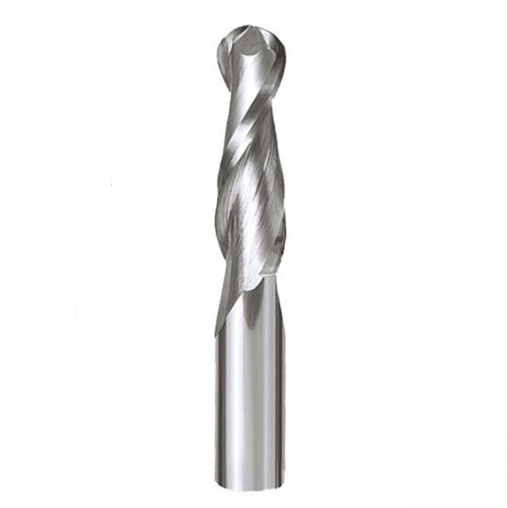What Milling Cutter Is Used For Machining Aluminum Alloy?
Aluminum alloy is one of the most commonly used processing materials in the manufacturing industry. Because most forms of materials have excellent machinability, they are commonly used in manufacturing. Because of this, the manufacturing process of aluminum alloy parts is very important, which is usually completed by milling machine. Cutting tools for aluminum alloy processing will directly affect the subsequent processing efficiency and part quality. To find out what milling cutter is used to process aluminum alloy, please browse below.
Since the cutting tools used in mechanical manufacturing are basically used to cut metal materials, appropriate tools should be selected according to the different materials of metal parts. When selecting the angle of machining tool, the influence of such factors as workpiece material, tool material and machining performance (rough machining and finish machining) must be reasonably selected according to the specific situation.
With the continuous improvement of machining technology, CNC machining has undergone many changes. There are many methods for aluminum milling to process raw materials and make them into finished products. These different processes subtract materials in different ways, forming unique features on milling parts. These processes have special types of cutting tools, such as end mills, drills, reamers, etc. In the process of NC machining, the selection of milling cutter is particularly important. Milling cutter used for processing aluminum alloy is a tool used for mechanical manufacturing, also known as aluminum alloy cutter.

What Milling Cutter Is Used For Processing Aluminum Alloy
When machining aluminum alloy parts, standard 2 or 3 edge milling cutter can usually complete the work. However, for some applications and system settings for milling machines, more tool options need to be considered for better performance.
One of the very important things to consider when machining aluminum alloys (and many other materials) is effective chip removal. The standard 2-3 edge end milling cutter running at the recommended speed, feed rate and appropriate chip load can discharge the chips well. However, the 3-edge chip breaking groove tool can be operated at a higher speed and feed rate for better performance. The unique offset chip breaker geometry produces smaller chips for optimal chip removal while retaining the semi-finished surface.
The high balance end milling cutter can improve the performance of the high balance machining center with RPM and feed rate. These tools are precisely balanced and specially used for high-speed machining of aluminum alloy parts. The standard 2-blade high balance tool reduces heat, enhances chip removal and improves material removal. These tools, such as chip breakers, are also excellent for efficient milling tool paths.
Common Problems in Milling Aluminum Alloy Parts
The aluminum alloy at the edge of the cutting tool will occasionally accumulate, which will seriously affect the service life of the milling cutter and the quality of the machined parts. Whenever this situation occurs, it is helpful to troubleshoot the problem according to the following reasons: slow feed speed and cutting speed. In the face of this problem, the importance of following the given cutting parameters is again highlighted. Too slow feed and speed may weaken the cutting effect of the tool, which will only lead to friction between the part and the tool, resulting in edge accumulation.
Another thing is chip soldering. This indicates that the wrong cutting tool was selected for the process. The factors that may lead to chip welding are tool materials with high cobalt content and tools without coating. In order to prevent edge accumulation events, it should be considered to select cutting tools that are not easy to passivate and have coatings required to improve wear resistance.
A common problem encountered in the process of machining aluminum alloy parts is the chatter caused by vibration. Flutter can cause undesirable surface finish and dimensional inaccuracies. The following is a brief troubleshooting idea for this problem: check whether the processing speed and feed of the lower milling machine are too fast. The feed rate beyond the parameter will lead to undesirable consequences, such as chatter. It is important to readjust and make the milling machine conform to the nature of the established cutting parameter standards.

